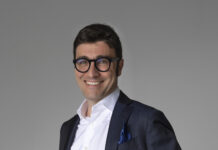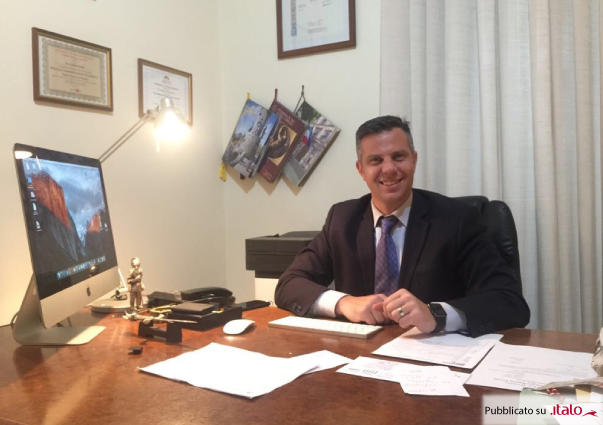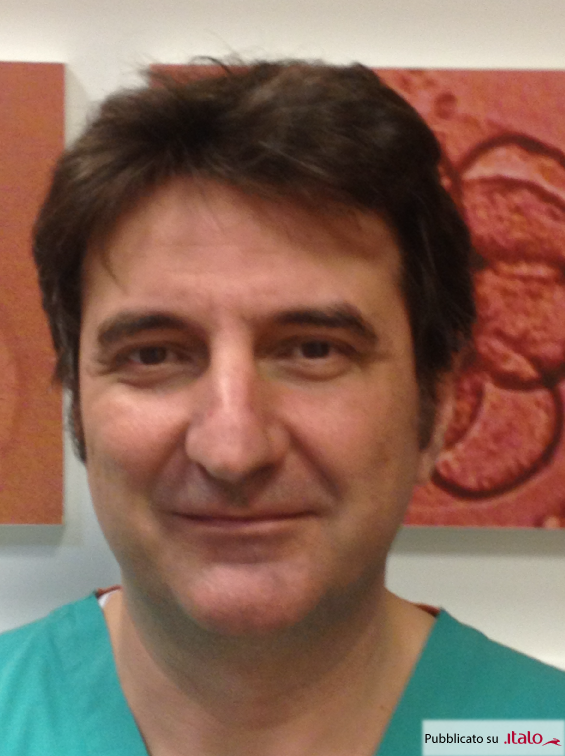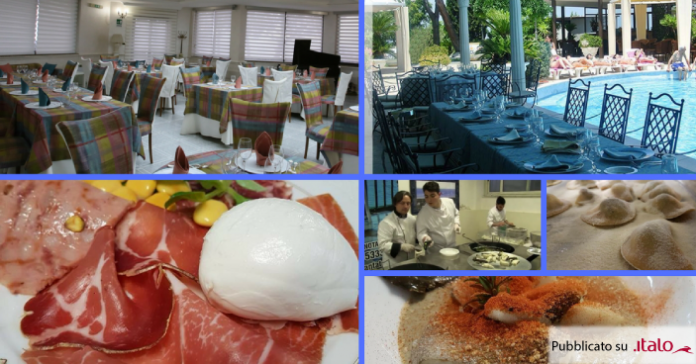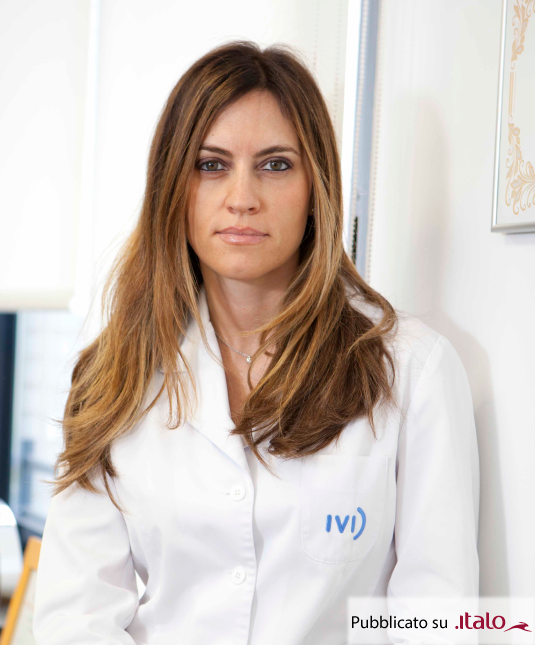Ciro Verrocchi, General Manager Bettoja Hotels Collection, tells the story of a family of hoteliers who have characterized the art of hospitality made in Italy for over 150 years.
It was 1875 when a family of Piemonte decided to buy the Massimo D’Azeglio Restaurant first, named in honor of the great Italian statesman, painter and writer, then the entire Via Cavour building, transforming it into a hotel: Hotel Massimo D’Azeglio. The expansion does not stop, in 1895 the neighbouring Hotel Mediterraneo and Hotel Atlantico entered the collection. Three prestigious structures strategically set in the heart of the historic center of Rome, in the area between Via Cavour and Via Amendola, a few steps from the Roma Termini railway station, in the heart of the Eternal City, a crossroads of culture, elegance and architectural beauties past; three four-star structures that mark the history of hospitality signed by Bettoja Hotels.
What are the strengths of the three structures?
In an ever-changing market, thanks also to the marvelous tourist attractions of the Eternal City, the Bettoja Hotels are a guarantee of excellent service and warm welcome, as it is in the style of an exemplary family that has a long experience in the hotel industry. A family that wanted and was able to re-launch its offer, deciding to invest over 20 ml of Euro between rooms and conference areas, creating a congress centre destined to become an important reference point in the regional scene. From the three structures it is, in fact, possible to quickly reach any nerve centre of the city and to admire streets and monuments universally known for their history and for their architectural beauty: Pantheon, Basilica di Santa Maria Maggiore, Il Colosseo, La Fontana di Trevi , I Fori Romani, Il Palazzo delle Esposizioni, Le Scuderie del Quirinale, Il Teatro dell’Opera, Il Museo Nazionale. The offer of nearly 500 rooms furnished in perfect art deco style and which encompass the monumental luxury of the 40s, and 18 meeting rooms, equipped with the latest technology, make Bettoja Hotels the undisputed protagonists of the made in Italy accommodation. The presence of the Bettoja family has always been a guarantee of tradition and hospitality.
Plans for the future?
The 2018 for Gruppo Bettoja Hotels will be a new starting point to reaffirm the Brand in the Italian hospitality market, reconfirming the values that have always distinguished our company: people, tradition and innovation, elegance, sobriety and hospitality. A story yet to be told and which, in the fifth generation, with Maurizio Bettoja’s Presidency, is still an incredible adventure to experience!
More information (www.bettojahotels.it) (sales@bettojahotels.it)
By Roberta Imbimbo





















